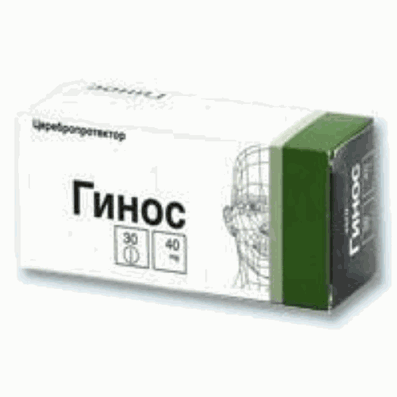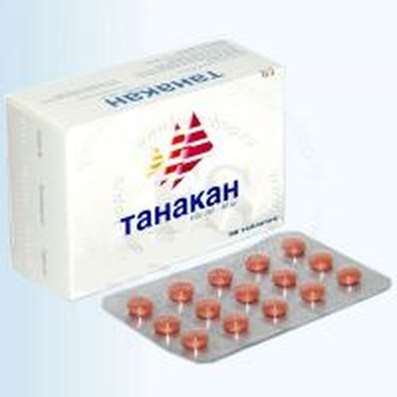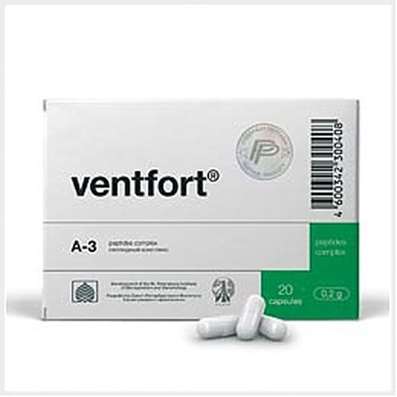How are peptides prepared?
29 Sep 2017
To date, the question of how peptides are obtained is quite relevant among people who have firsthand knowledge of these biogenic regulators. In this article, we will talk about genetically engineered methods for producing biologically active peptides.
Methods for producing recombinant peptides
Recombinant peptides, which have found wide application in medicine and sports, are obtained thanks to the introduction of modern achievements in genetic engineering into molecular biotechnology. For these purposes, fast-growing strains of the following microorganisms are used:
- Escherichia coli;
- Erwinia spp;
- Saccharomyces cerevisiae;
- Bacillus spp;
- Rhizobium spp and others.
The main requirement for bacteria used in the production of recombinant peptides is their absolute non-pathogenicity and non-toxicity. During the process, synthetic peptide genes are expressed in the vector DNA of a genetically engineered bacterial cell, which subsequently starts producing hybrid proteins. After processing the recombinant strains, the desired product is isolated.
Further, preparations obtained by genetic engineering undergo thorough preclinical and clinical trials that allow them to prove their identity to a natural substance. And only after that biologically active regulators are allowed to be realized.
Of course, this is a rather brief description, allowing you to find out how the peptides are obtained. More detailed information you can get from special literature sources, which describe the methods of genetic engineering.

 Cart
Cart





